
In Illinois, medical marijuana cardholders over 21 are permitted to grow their cannabis. Of course, for safety reasons conditions do apply such as how many plants you may have and where they are grown.
Growing marijuana can be a costly and time-consuming venture, so you want to make sure you cultivate your plants in the best way possible.
Keep reading for an Illinois-specific guide to growing marijuana legally.
Cultivation Laws
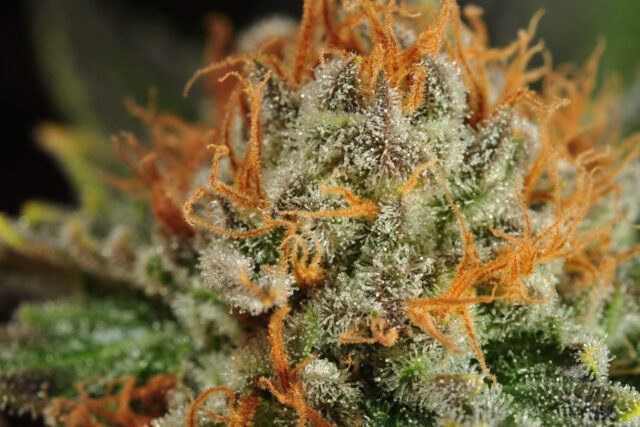
In Illinois, adult marijuana patients may grow up to five plants in their homes.
These plants must not exceed five feet tall and must be located in an enclosed and locked space. If growing marijuana, your harvested bud is not to be shared or sold to other individuals, even if they too, have a medical marijuana card.
Recreational cannabis consumers caught growing five or fewer plants are subject to fines of around $200. Medical or recreational consumers caught growing more than five plants are subject to larger fines and possible jail time.
Growing Your Marijuana
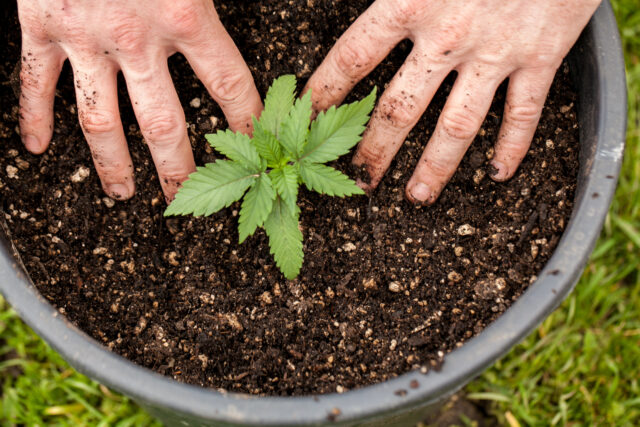
Growing marijuana entails much more than popping a seed in some soil and watering it every few days. Growing a cannabis plant with a worthwhile harvest is a delicate and intricate process that requires dedication and knowledge.
The first step in the cultivation process is picking a strain and deciding whether you want to grow from seed or start with a clone. Autoflower strains are often a great option for personal cultivation because they tend to be about one-third of the size of a regular strain and mature faster-meaning it can be harvested sooner.
Once those decisions have been made, you must determine which type of growth medium you would like to use such as soil, hydroponics, or aeroponics.
Setting Up
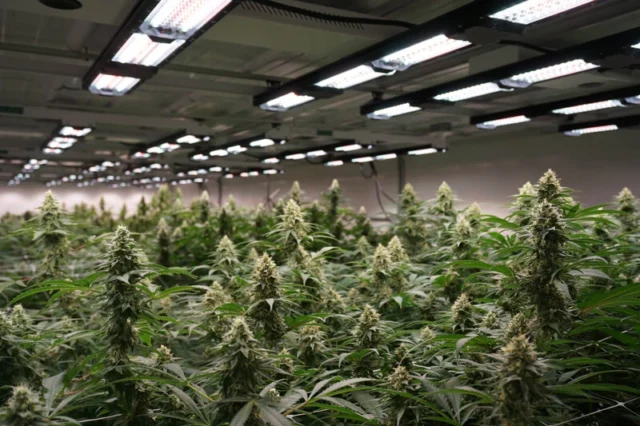
Growing marijuana in the soil is the most common growing method because it is affordable and easily accessible; therefore, this is the method we will be going over.
The best place to grow your marijuana is in a closet because your plants will need to be under bright lights for an irregular amount of time.
Additionally, a closet can be locked, and since your lamps and fans are confined to a small room, you save on electricity. Grow tents are also highly effective when it comes to privacy, decreased energy waste, and convenience
The tools you will need to grow include:
- LED lamps
- Fans or temperature control
- Room thermometer
- Soil and Pots
- Nutrients
- Water
- Seeds or clones
Since Illinois allows five plants per house, you will start setting up your grow closet or tent by filling five pots with soil (five-gallon buckets work great) and placing them inside.
Next, you want to set up your lighting. The best lamps will be LEDs, or growing LEDs and fluorescent lights should be avoided.
One medium or large lamp will be enough for five plants, and you will hang it about 24 inches above your pots. As your plants grow, you will adjust the lamps away from them to avoid scorching.
LED lamps add quite a bit of heat to a closet, and the ideal temperature range for your closet will be 68-83 degrees Fahrenheit. This is why fans and a thermometer are important. Set up at least one fan in your grow room and monitor the temperature daily.
Planting and Cultivation
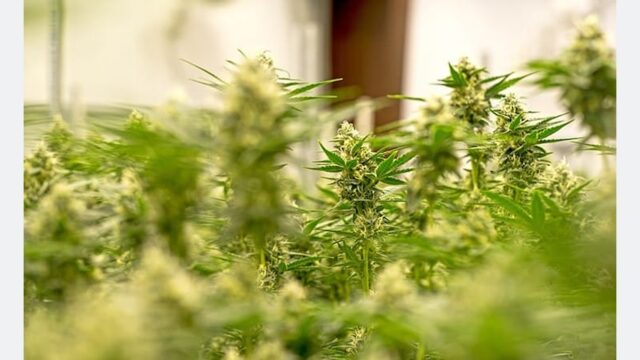
If you chose to grow from seed, you will need to germinate the seed outside of the pot before planting. It is best to purchase feminized seeds or clones to ensure you get the robust harvest you are seeking.
Additionally, you will want to add your soil nutrients before planting.
Once your clones or sprouting are planted, you will begin the hard work of making sure your plants stay healthy and mature appropriately.
After germination is the vegetative stage. This is the stage that requires the most attention because it is when they are the most vulnerable and send the most visual messages.
Through the color of the leaves, the time it takes for them to grow strong, and the shape of their stems and leaves, you will be given hints about what they need more or less of. The vegetative stage lasts for four to sixteen weeks depending on the strain, and they should be receiving 18 hours of light daily.
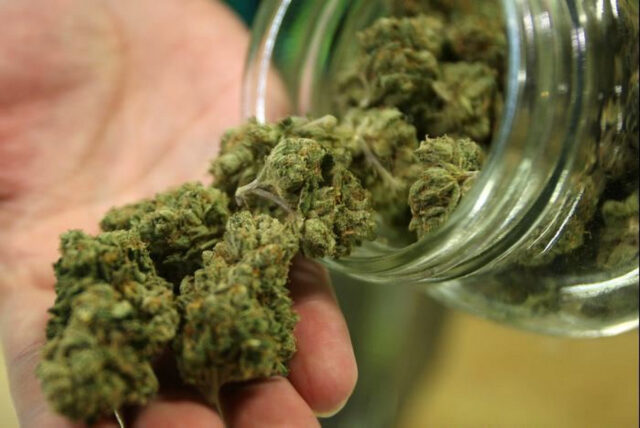
Conclusion
While flowering, your plants should be receiving 12 hours of light and 12 hours of complete darkness each day. Messing up these steps can alter the success of your harvest.
Additionally, during this stage, you will want to lower the room temperature to no more than 78 degrees Fahrenheit to mimic what would be the plant’s natural indoor environment.
The typical harvest takes place after about six weeks in the flowering stage. You will know your plant is ready to harvest when the buds are red or orange and sticky.






